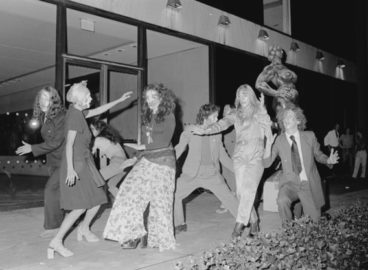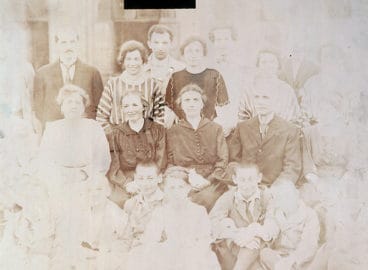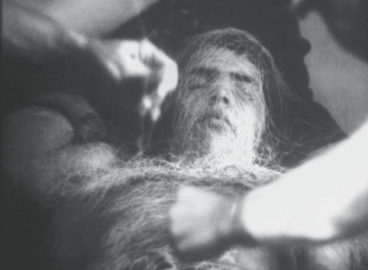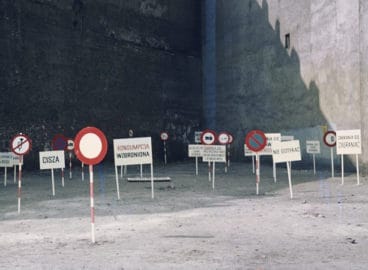MANIFESTO CONCERNING “INTERPRETATION” IN FINE ART
Authors Alex Mlynárčik & Miloš Urbáse
Date June 1969
Publication INDE/AILLEURS
Publisher Slovak National Gallery in Bratislava and the Galerie Lara Vincy in Paris
Language Slovak
• Interpretation in fine art offers a new creative dimension. It opens up further avenues of creative departure from the so-called authentic gestures we have hitherto followed so rigorously. It can take the form of the creative realization of unrealized artworks, or the re-creation of an existing artwork. An interpretation is rooted in the form and the idea of the original.
• The intensity of the newly produced artwork is enhanced with renewed spaciotemporal currency, resulting in a creative multiplication.
• Interpretation can transform the status or position of individual artworks, or even movements, within the existing hirerachy of the art canon.
• Interpretation is the opposite of the unproductive act of imitation. In fine art, it represents, to a certain extent, the definition of traditional values.
• The principles of interpretation in fine art have their equivalents in other art forms.
• The author, an interpreter (an individual or a collective, anonymous or acknowledged), adapts the original source. His creative power depends on a combination of factors—from his selection and understanding of the original to the extent of his own creative input.
• The various forms of interpretation of an artwork can be related to the forms and processes seen in interpretations of music or drama on one hand, and architecture on the other.
1st FESTIVAL OF SNOW HIGH TATRAS, 1970
(The first manifestation of art interpretation)
• The 1st Festival of Snow is taking place on the occasion and under the auspices of the 1970 FIS Nordic World Ski Championships in High Tatras.
• The 1st Festival of Snow is the first manifestation of interpretation in the fine arts, realized as a creative expression of a new dimension of theory and practice.
• The festival stipulates snow as a departure point and as an art medium.
The festival becomes a symbol of independent art production. It is an expression of a new socially engaged poetics of art production—away from commercial interests. The Tatra Winter gallery is founded around winter and ceases to exist when winter is over.
• The Tatra Winter Festival is aligned with all events that continue the noble ideas of the Ancient Olympic Games—in seeking the expression of harmony of body and mind.
• The 1st Festival of Snow in High Tatras paves the way for similar events, forming an annual program framework around sporting events.
Original artworks by
Arman Bill Boccioni Brueghel Brusse Brüning Christo Dias Dietmann Delvaux Dobes Duchamp Genovés Klein Kounellis Lichtenstein Magritte Malevich De Maria Miralda Mlynárčik Nagasawa Nitlaf Oldenburg Piene La Pietra Raysse Saint Phalle Sanejouand Segal Tobas Uecker Urbásek Da Vinci Wesselmann
Interpretation by Adamčiak Cyprich Mlynárčik Urbásek


Translated by Zuzana Flaskova



